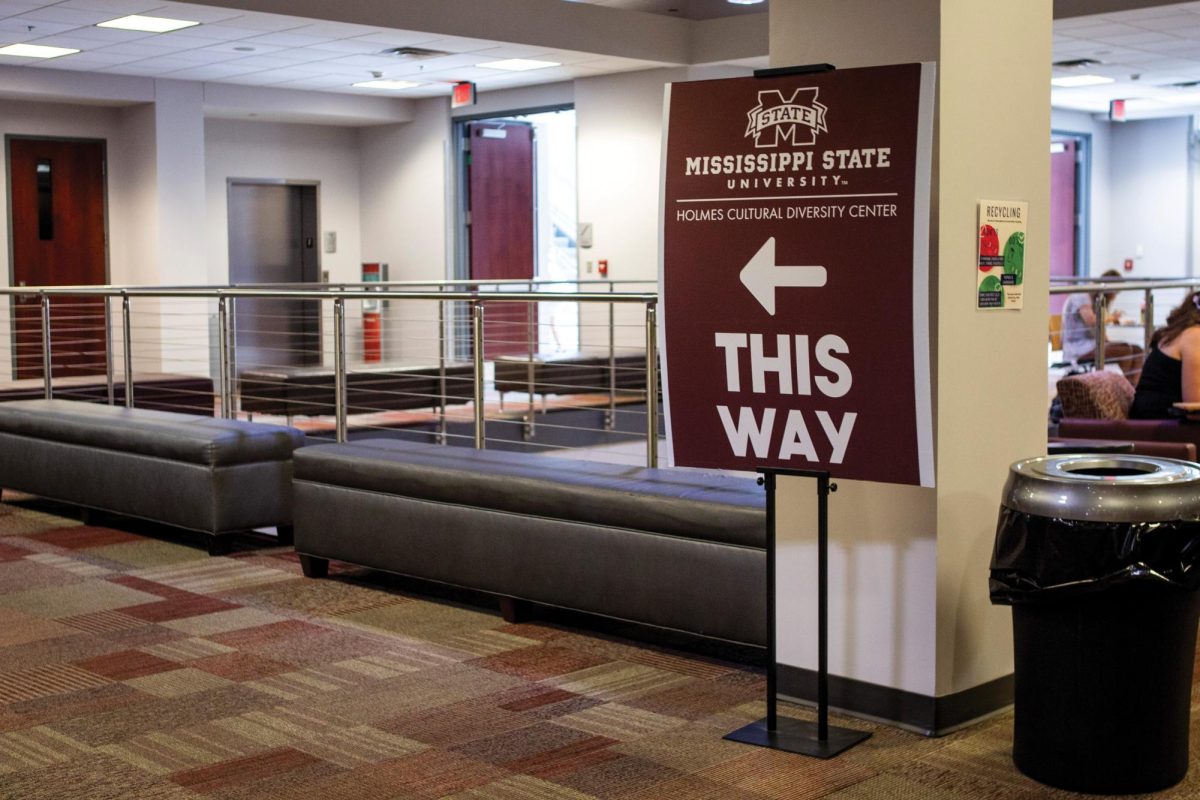I was first introduced to contract grading when I took Spanish IV with Mississippi State University professor Dr. Brian Davisson. Contract grading is a system where the professor asks each student individually if the course load is okay. Throughout the semester, the professor checks on students and ensures that everyone is working at the required level.
This form of grading unites both the professor and the student, allowing all parties to be on the same page. When my professor first explained it, I felt that it should be a tool that other professors use, especially for language classes. Students in language classes can come from many backgrounds. Some students might have taken the course at a community college or high school where each had an entirely different learning experience.
An article by the University of Nebraska-Lincoln states that “for most types of contract grading, the student and instructor determine the number or type of assessments to be completed with the student self-assessing (usually through self-reflection) their level of mastery which the instructor uses to determine if the student has met mastery and therefore the assessment counts toward the contracted number of assessments.”
If the professor operates off of students’ needs, and the professor and students have a contract that they sign. Dr. Davisson makes the lowest possible grade for a student an 85 as the baseline for the contract. If the student does more than what is required, they have a higher grade. If they do not do the required work, their grade will be lower.
Another benefit of contract grading is that since the professor and the student must be on the same page, the student cannot be blindsided by a surprise from the professor.
“Faculty need to create an atmosphere of support and challenge. Both are required for optimal learning and development,” Larry A Braskamp of the Journal of College and Character said.
If faculty creates an open environment for students, then they will be able to learn and develop better skills.
Contract grading also opens the floor for many students who might be afraid of the challenge of certain classes. Take foreign language classes, for example. If a student sees that a professor is willing to help students and take it slow, they might be more comfortable taking on the challenge.
An article in American Academy of Arts and Sciences by Kathleen Stein-Smith reads, “Part of the problem I see is that so few students in the United States – just 20 percent – study a foreign language at the K-12 level. At the college level, the number drops even lower, with only 7.5 percent of students enrolled in a foreign language course. And that percentage has been steadily declining in recent years. It could be due to the fact that more colleges have dropped foreign language requirements. Or students simply may not see the potential career benefits of studying a foreign language.”
This addresses the decline in foreign language class enrollment. I believe that if more professors used contract grading, they might be able to encourage students to enroll in foreign language courses, as well as other challenging courses.
Contract grading is something that I had not heard of before reaching level four of college Spanish. If other professors start using it, I believe they will see an increase in student engagement with the course material that they teach and an overall improvement in the student experience.

















































































